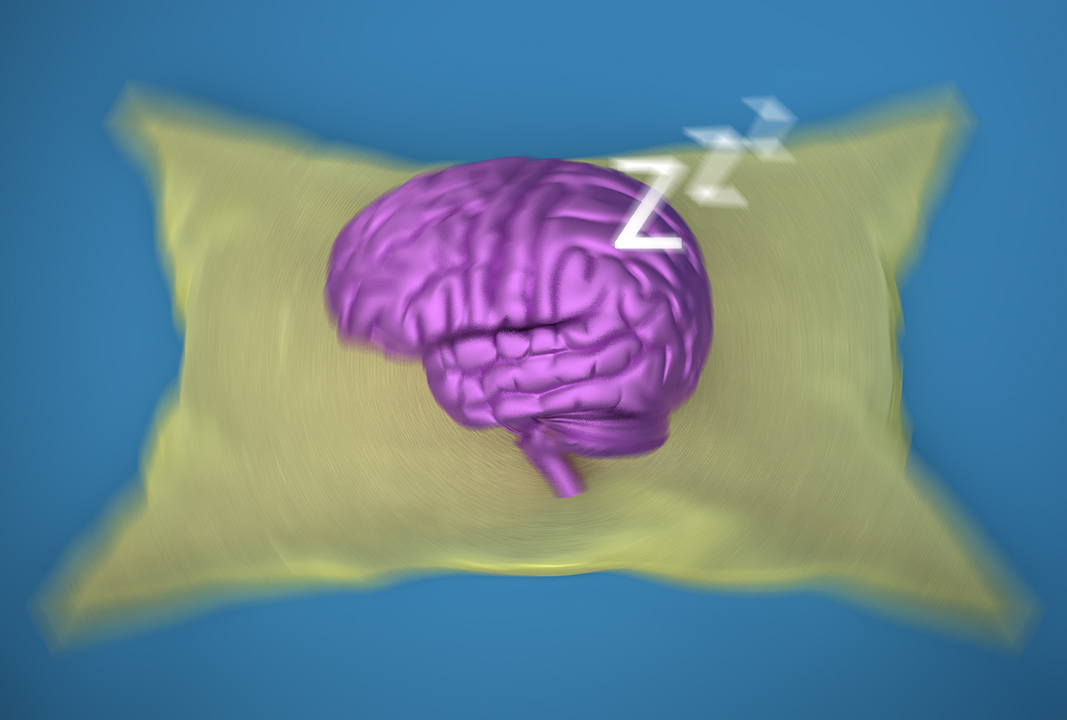Symptoms and Diagnosis of PTSD

Post-traumatic stress disorder (PTSD) is a mental condition that identifies with trauma and personal suffering, both being products of exposure to traumatic events such as violence, assault or natural disasters.
Many individuals experience a traumatic event at some point during their life. Some of them may develop PTSD and, thus, are unable to maintain a healthy level of resilience and psychological functioning.
The epidemiology of PTSD
The incidence and prevalence of PTSD in the world population are noted for their partiality. On average, prevalence rates of PTSD are significantly higher for women compared to men, 11 percent to 5.5 percent, respectively. Reports indicate that almost 70 percent of women in the United States will face a serious traumatic event at least once during their lifetime. This partiality also extends to favor higher prevalence rates of PTSD in high-income countries compared to middle- and low-income countries over the span of a single year.
Furthermore, experts agree that different types of traumatic events elicit varying degrees of responses, of which some are more likely to trigger PTSD than others. Studies comparing different traumatic events and their triggering threshold concluded that sexual assault and interpersonal violence resulted in much higher rates of PTSD compared to those related to natural disasters.
The current understanding of PTSD has highlighted the deleterious consequences of the condition by illustrating impairments that affect an individual's life. PTSD poses significant medical, social and personal burdens that are often chronic in nature, and this has raised concern and awareness among the general public.
Here, we'll provide a brief yet important overview of the literature regarding PTSD, namely the symptoms, comorbidities, diagnostic criteria and potential therapeutic intervention.
Symptomatology of PTSD
Post-traumatic stress disorder is considered a syndrome with an array of different symptoms with varying degrees of intensity. Broadly, symptoms of PTSD can be categorized based on their functional impairment. These impairments are grouped as follows:
- Intrusion of traumatic thoughts. This consists of reexperiencing the traumatic event by either intrusive memories, nightmares or flashbacks.
- Avoidance of traumatic events. An individual avoids places, people, emotions and objects that are strongly associated with the traumatic event.
- Negative alterations in cognition and mood. This can be observed by an individual's self-report of distorted belief, shame, guilt and emotional distancing from others. Often, people with PTSD struggle to remember certain parts of the trauma.
- Alterations in reactivity and arousal. These can manifest as irritability, hypervigilance, recklessness, sleep disturbances and difficulty concentrating.
Taken together, these are the primary symptoms that can potentially become apparent, either partially or in full, as evidence of a post-traumatic event.
Diagnostic criteria for PTSD
Clinicians use the Diagnostic and Statistical Manual of Mental Disorders (DSM, fifth edition), which provides an extensive framework containing descriptions and criteria for diagnosing mental disorders. In the case of PTSD, the DSM-5 has illustrated a specific guide to delineate it from other stress-related disorders.
The DSM-5 lays out the diagnostic criteria that need to be evident during the diagnostic process for PTSD. To summarize the criteria required, exposure to a stressor necessitates that the following occurs: at least one intrusion symptom, at least one avoidance symptom, at least two negative symptoms of altered cognition and mood, or at least two symptoms of altered arousal and reactivity. All of these criteria must be persistent for at least one month and cause deleterious effects on functional domains.
Differential diagnosis and assessment of PTSD
The diagnostic criteria discussed above are part of a larger clinical approach to establishing a solid diagnosis of PTSD. Typically, clinicians, that is, psychologists or psychiatrists, utilize neuropsychological assessment tools in the form of questionnaires and self-reports to detect traumatic exposure and evaluate post-exposure symptoms with the DSM-5 PTSD criteria, as discussed earlier.
Assessment tools have been developed to address the relevant symptomatology underlying PTSD. Psychological scales like the Brief Trauma Questionnaires, Life Events Checklist and Traumatic Life Events Questionnaire have been used previously as screening measures for establishing traumatic exposure. Other scales, such as the PTSD Checklist for DSM-5 and Trauma Screening Questionnaire, have been used to determine the likelihood of a PTSD diagnosis.
The psychological assessments above provide an excellent grounding for the initial screening of potential PTSD. However, in order to further filter overlapping psychiatric conditions, several other criteria must be evaluated beforehand. These evaluations typically occur under structured interview sessions with a psychiatrist or psychologist. The objective of these sessions is to weed out common psychiatric disorders that often manifest alongside PTSD, namely adjustment disorder, obsessive-compulsive disorder, anxiety disorder, mood disorders and personality disorder. The delineating criteria between PTSD and the aforementioned disorders rely heavily on being exposed to a traumatic event and the duration of exposure.
Diagnosing PTSD can pose a challenge in the clinical setting due to similarly overlapping symptoms among other psychiatric disorders. As a result, it merits adhering strictly to the available protocols that outline the most reliable and valid approach in establishing a diagnosis of PTSD in an individual.
What to consider after PTSD diagnosis
It is evident that PTSD is a that can affect anyone anywhere. Everyone reacts to traumatic events differently and, as a result, PTSD is painted as a spectrum with strokes of varying severity based on diverse human-specific characteristics. Even though PTSD can impair daily functioning, decades of extensive research and insight into pathology have supplemented the general public with tools and resources that can potentially help alleviate some or all of the negative consequences of the disease.
Several resources are available online that aim to increase patient awareness and education surrounding PTSD and its medical history. Patients are supplemented with ample research that describes the different therapeutic approaches to treating PTSD, their efficacy and overall validity. This allows patients to objectively decide and plan the best strategy moving forward.
Some useful online resources to research PTSD include the American Academy of Experts in Traumatic Stress, the American Psychiatric Association, the American Psychological Association and the Gateway to Post Traumatic Stress Disorder.
Current research on PTSD has focused on determining the underlying physiological mechanisms that can potentially act as indicators for the disease. There are many support groups, even virtual groups, which offer therapeutic support to anyone, anywhere. Coupled with predictive factors that are now possible with machine learning, the future for PTSD patients is looking brighter.


















